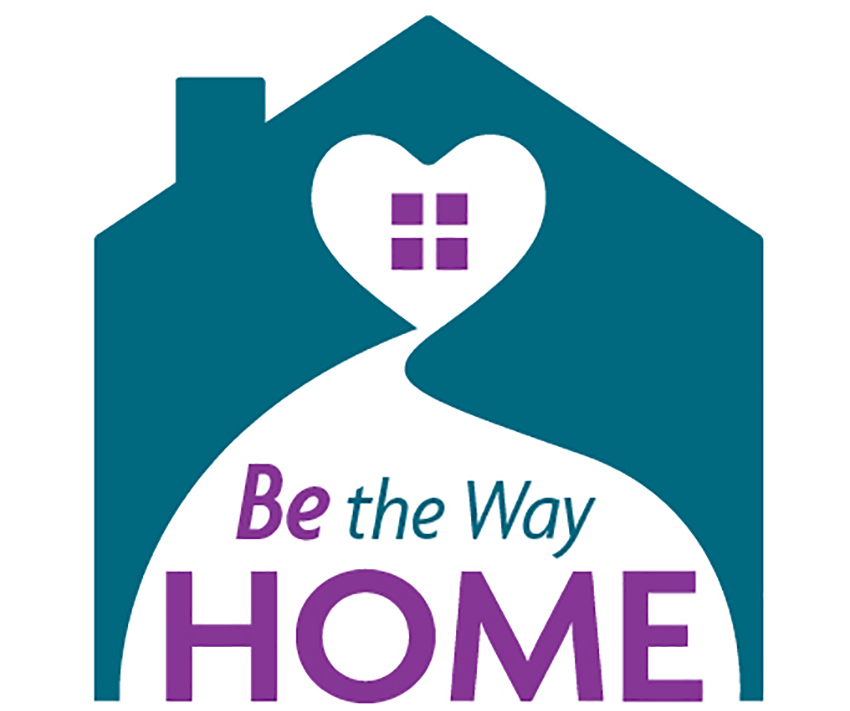A safe home environment is important for the well-being of the child or youth in your care.
This page describes general safety requirements for your home and property. These requirements are flexible. You may adjust them based on the child or youth's specific needs and your current situation.
Note
If you need help ensuring the safety of your home, we can help. We'll work with you to figure out any home adjustments you need to make or physical items you need.
Basic home safety
Make reasonable efforts to make sure your home has the following:
- Heating and cooling that meets the child or youth’s needs and your location
- Access to a power source or lighting that meets the child or youth’s needs
- Access to safe drinking water
- Access to toilet and bathing facilities
If there are pets in your home or on your property, they must be safe for the child or youth to be around. They should not pose a health or safety threat.
Address safety hazards that may be accessible to the child or youth in your care. Hazards may include:
- Pest infestation
- Fire hazards (exposed wires or flammable materials cannot be within three feet of a fire source)
- Overflowing garbage
- Uncontained pet waste
- Excessive debris
Outdoor spaces
Check that outdoor spaces are safe for the child or youth.
Work with your licensor to create a plan for supervision. Make sure you have safeguards (e.g. locks, baby gates, or door alarms) for these potential outdoor hazards:
- Trampolines
- Bodies of water
- Pools
- Hot tubs
- Fire pits
Sleeping spaces
For babies under 12 months old
If the child is a baby under 12 months old, provide them with a sleeping space that meets infant sleep safety requirements.
Examples of sleeping spaces include:
- Bassinets
- Native American cradle boards and moss bags
- Cribs
- Portable cribs
The sleeping space must:
- Have a firm, flat sleep surface (not at an angle or inclined, unless medically necessary)
- Be empty except for a fitted sheet
- Not include soft bedding (blankets, pillows, bumper pads, mesh bumpers, or stuffed toys)
All cribs must comply with Washington state laws and federal consumer safety standards for full-size cribs and non-full-size cribs.
For children and youth over 12 months old
If the child or youth is over 12 months old, provide them with their own safe sleeping space with bedding. Their caseworker must approve any exceptions.
Toxic substances
If there’s a risk that the child or youth may mishandle toxic substances around the home, keep them stored away where they cannot access them. Examples include:
- Cleaning products
- Mechanical fluids, like motor oil or antifreeze
Emergency preparedness
Work with your licensor to get your home ready in case of emergencies, and to create an emergency plan.
Make sure your home has the following:
- Working smoke detectors inside and outside of all sleeping areas, on each story, in all play areas, and in the basement of the home
- A working carbon monoxide detector on each level of the home
- Access to a working fire extinguisher. We recommend a 2A10BC-rated fire extinguisher that is five pounds or bigger.
- An unblocked exit to the outside from each child's or youth's sleeping space that is big enough for emergency personnel wearing rescue gear to access, unless the licensing division’s administrator approves a supervision plan
You’ll also need to make sure that:
- You have a reliable way to contact emergency services when the child or youth is home
- The child or youth can escape from every floor in the home
- You create an evacuation plan with the child or youth in case of fires, natural disasters, or other emergencies
Related content
Read the regulations
For more information read the Washington Administrative Codes (WACs) related to these topics:
- WAC 110-149-0150: Conditions of the home
- WAC 110-149-0160: Sleeping arrangements
- WAC 110-149-0190: Storing medications, substances, toxic products, firearms, and other weapons
- WAC 110-149-0260: Emergency preparedness

